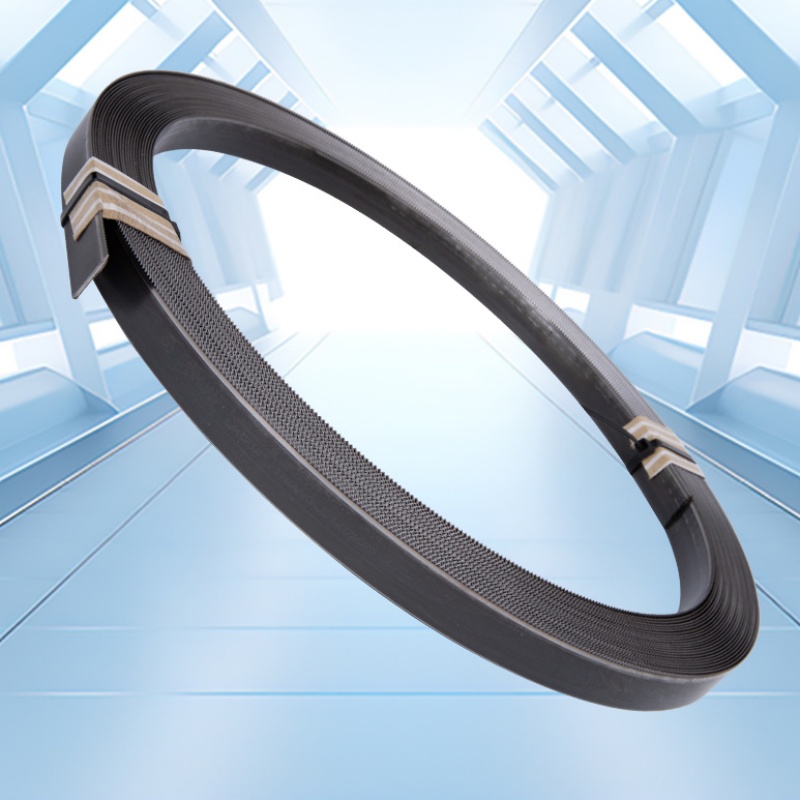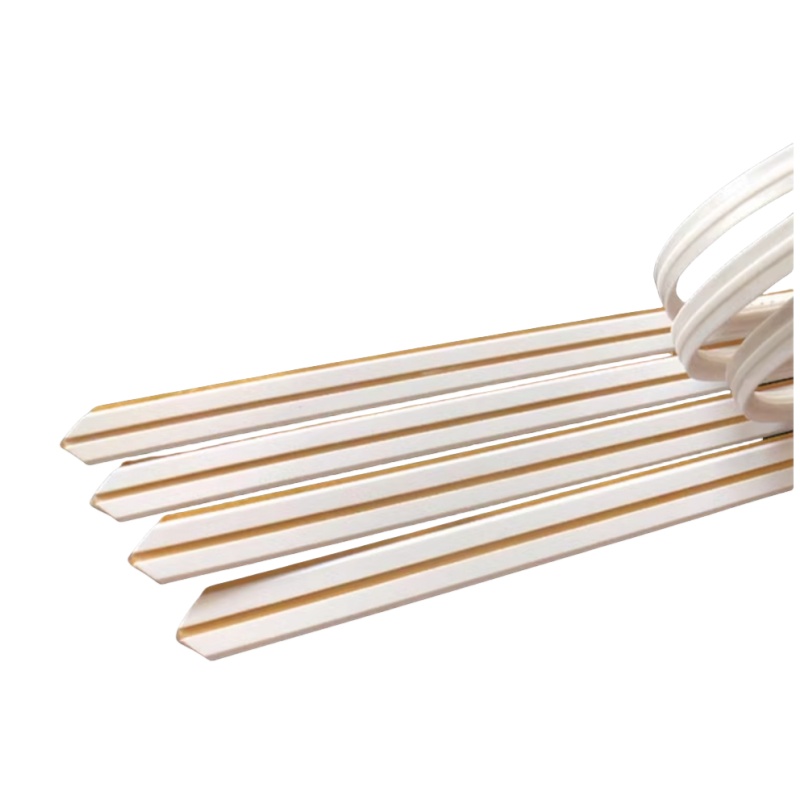Might enhanced rule die steel reduce machine downtime How punch efficiency supports large-scale manufacturing demands

Metal forming steel making methods act an essential function for producing advanced modules through a broad grouping of fields. This class of steel manifest remarkable hardness, helping them to endure extreme forces involved in processing systems. From automotive units to packaging machinery, rule die steel maintains its application in a varied of fields.
- Heavy Equipment pieces: Rule die steel is indispensable for crafting strong and meticulous assemblies such as bearings, springs and housings.
- Food Processing appliances: The high precision and durability of rule die steel make it ideal for manufacturing detailed electronic assemblies.
- Molding Equipment: Rule die steel constitutes the basis of durable tooling and molds used in various manufacturing processes, ensuring consistent product output levels.
Fineness Cutting Rules for Sharp Sheet Metal Fabrication
Realizing precision in sheet metal fabrication depends on precise attention to fineness, particularly when it comes to shearing. Utilizing the right cutting rules is pivotal to providing correct and steady results. First and foremost, selecting the appropriate cutting method for your material thickness and desired edge quality is necessary. Options include oxy-fuel cutting, each with its own merits. Secondly, understanding material properties like tensile strength, ductility, and hardness can help prevent warping or damage during the cutting process. Always examine a material's datasheet for thorough guidelines on safe cutting practices.
- Moreover, maintaining sharp cutting tools is imperative for burr-free cuts and preventing stress on the sheet metal.
- Heat application the material can reduce thermal stress and improve cut quality in thicker materials.
- In conclusion, post-processing steps like deburring and edge finishing are crucial for ensuring a professional and functional product.
Understanding Punch and Die Construction
Punch and die construction is a significant aspect of the metal stamping process. These tools form metal sheets into various modules by applying precise pressure. The design and construction of punches and dies profoundly influence the result of the stamped goods. A well-constructed punch generally features a hardened steel tip to withstand repeated impact, while the die balances this force with a precisely machined cavity. The contact between these two elements ensures the precise transfer of shape and magnitude to the metal sheet. The complexity of punch and die construction can change based on the distinct requirements of the stamping application. Variables such as the material thickness, shape complexity, and production volume all play a role in determining the blueprint of the tools. Understanding these fundamental principles of punch and die construction is vital for anyone involved in the metal stamping industry. From professionals to operators, a solid grasp of this subject can promote to increased efficiency, product quality, and overall success.Precision Folding Enabled by Creasing Matrices
When it comes to achieving precise fold lines in the realm of fabrication and material processing, creasing matrices emerge as a key element. These specialized tools, often crafted from rigid materials like aluminum, are strategically designed to impart distinct creases into sheets or substrates. By exerting controlled pressure at specific points along the material's surface, creasing matrices effectively determine fold lines that guide subsequent bending operations. This pre-creasing process substantially enhances folding accuracy, resulting in more accurate and uniform final products.
- The precise nature of creasing matrices allows for the production of detailed folds and designs.
- They can be customized to accommodate a wide range of material thicknesses and properties.
- Creasing matrices play a vital role in industries such as paper manufacturing, cardboard packaging, and printed circuit board fabrication.
Rapid-Speed Rule Die Steel for Auto Sector
The auto trade is continuously seeking materials that can withstand the severe conditions of manufacturing and functionality. Notably, high-speed rule die steel has emerged as a crucial part due to its exceptional traits. This material exhibits superior hardness, wear resistance, and toughness, making it ideal for producing intricate automotive parts.
- In addition, its ability to maintain these properties at elevated temperatures allows efficient production processes.
- Uses of high-speed rule die steel in the automotive industry are manifold.
- Occurrences include cutting tools, molds for plastic components, and dies used in sheet metal stamping.
Fine-Tuning Rule Die Steel Hardness for Cutting Performance
Realizing optimal cutting performance with rule die steel hinges on carefully picking the appropriate hardness level. A balance between hardness and ductility is critical to ensure both durability of the cutting edge and resistance to degradation. More resilient steels can withstand increased cutting forces and resist deformation, leading to longer tool life. However, excessively hard steels may become brittle and prone to damage, compromising the integrity of the cutting process.
- Determinants like material being cut, cutting speed, and feed rate all shape the ideal hardness range.
- Employing thermal processing can effectively modify the hardness of rule die steel.
Understanding the relationship between hardness and cutting performance allows for fine-tuning of tool life, surface finish, and overall cutting efficiency.
Punch Design Considerations for Different Materials
When designing punches for material treatment, several imperative considerations must be taken into account. The type of material being punched significantly affects the punch design. For instance, dense materials like steel require punches with sturdy edges to effectively penetrate and deform the material. Conversely, flexible materials like aluminum can be punched with punches featuring smoother geometries to minimize edge damage and ensure clean cuts. Also, factors such as the material's density also play a role in punch design. Thicker materials often necessitate larger punch diameters and increased impact for successful piercing. Understanding the material's attributes is essential to select an appropriate punch material and geometry that ensures optimal performance and minimizes tool wear. In essence, a well-designed punch should effectively shape the material while minimizing deformation, damage, and tooling wear.Refining and Upkeep of Cutting Dies
Maintaining cutting dies in peak condition is key for ensuring accurate and efficient die-cutting operations. Over time, the cutting edges of dies can become dull or damaged, leading to inconsistent cuts, material defects, and increased production costs. To maximize die lifespan and optimize cutting performance, it's imperative to follow a regular sharpening and maintenance schedule.
- Regularly inspect cutting edges for signs of wear, such as chipping or rounding.
- Adopt specialized sharpening tools designed for die-cutting applications.
- Clean dies thoroughly after each use to remove debris and prevent rust buildup.
- Store dies in a clean, dry environment when not in use to protect them from corrosion.
By adhering to these best practices, you can extend the life of your cutting dies and ensure consistent, high-quality die-cutting results.
Practical Guide to Selecting Rule Die Steel
When selecting rule die steel, consider its application. Various types of rule die steel lead in different applications due to their unique aspects. For example, high-carbon steel is appropriate for long-lasting rule dies used in demanding applications like fabrication production. On the other hand, tool steels with specialized elements are often utilized when endurance is paramount.
- Reach out to a reputable rule die steel distributor to identify the best choice for your specific needs.
- Aspects like work method, production volume, and work settings all shape the ideal rule die steel decision.
Don’t forget that proper handling and lubrication can significantly improve the lifespan of your rule die steel, regardless of its category.
Accurate Creasing Matrix for Packaging Applications
In the realm of modern packaging design, precision is critical. A first-rate creasing matrix plays a vital job in ensuring clean, sharp creases that enhance the presentation of packaged products. These matrices are meticulously engineered from durable materials like steel or carbide, and they come in various forms to accommodate diverse packaging requirements.
The sharpness of a creasing matrix directly impacts the quality of the finished package. A well-maintained crease scoring matrix will result in consistent creases that not only optimize the product's visual presentation but also contribute to its robustness.
- Factors to consider when choosing a creasing matrix include the component of the packaging, the required formation, and the frequency of production.
- Scheduled maintenance of the creasing matrix is imperative to maintain its accuracy and increase longevity.
- Putting resources in a high-quality creasing matrix can be a wise decision for any packaging operation, as it contributes to the productivity of the production process and enhances the overall merit of the finished product.
Case Studies: Successful Implementation of Rule Die Steel Employ
A compelling array of case studies underscore the remarkable efficacy of rule die steel across diverse industrial applications. From the demanding realm of automotive manufacturing to the intricate world of electronics production, these real-world examples showcase the transformative power of this advanced material. Firms have capitalized on rule die steel to achieve notable improvements in product quality, creation efficiency, and overall procedural resilience.
- One notable case study centers on a leading constructor of aerospace components, where the implementation of rule die steel yielded a pronounced reduction in part defects and an amplified production cycle time.
- In another instance, a renowned electronics manufacturer efficiently utilized rule die steel to fabricate intricate circuit boards with unprecedented precision and accuracy, leading to a remarkable improvement in product reliability.
These case studies provide irrefutable evidence of the versatility of rule die steel as a solution for confronting the intensive requirements of modern industries.
